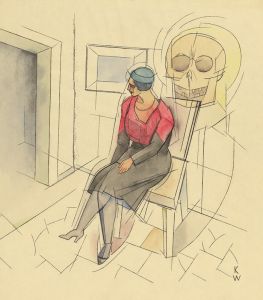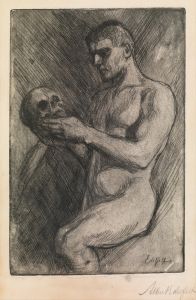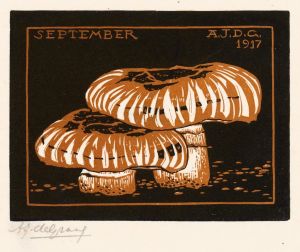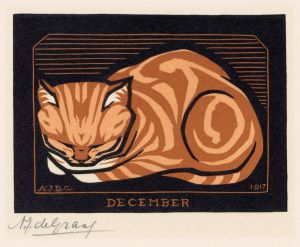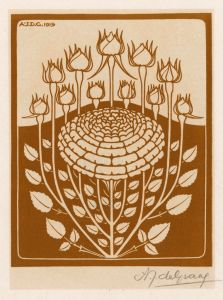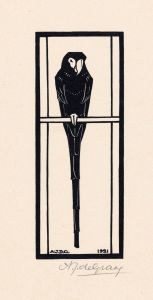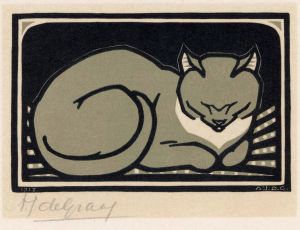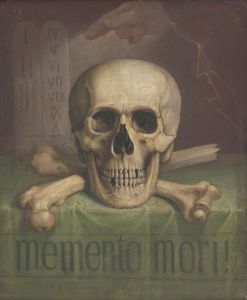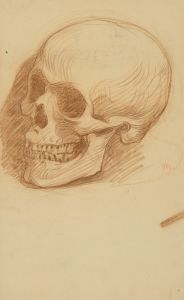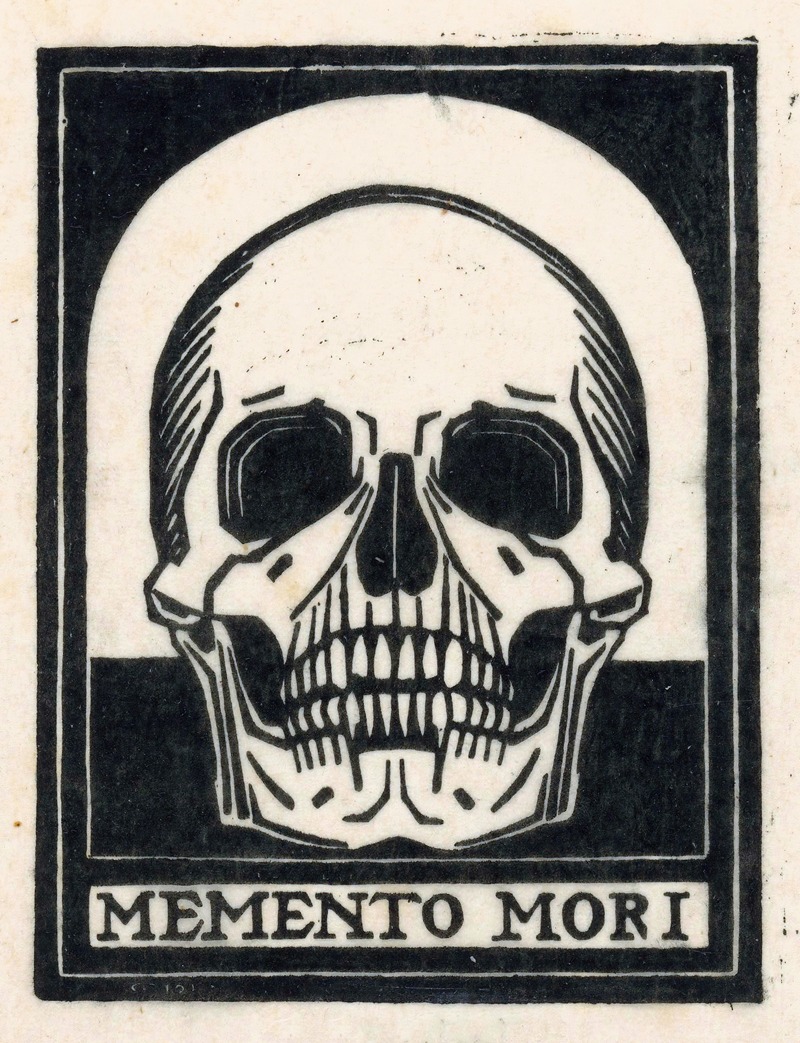
Memento mori
A hand-painted replica of Julie de Graag’s masterpiece Memento mori, meticulously crafted by professional artists to capture the true essence of the original. Each piece is created with museum-quality canvas and rare mineral pigments, carefully painted by experienced artists with delicate brushstrokes and rich, layered colors to perfectly recreate the texture of the original artwork. Unlike machine-printed reproductions, this hand-painted version brings the painting to life, infused with the artist’s emotions and skill in every stroke. Whether for personal collection or home decoration, it instantly elevates the artistic atmosphere of any space.
Julie de Graag (1877–1924) was a Dutch artist known for her detailed and precise works, often created in the Art Nouveau style. One of her notable works is "Memento Mori," a piece that reflects her interest in themes of mortality and the natural world. De Graag's work is characterized by its meticulous attention to detail and the use of strong lines, which is evident in "Memento Mori."
"Memento Mori" is a Latin phrase meaning "remember that you must die." This theme has been explored in art for centuries, often serving as a reminder of the inevitability of death and the importance of living a virtuous life. In the context of de Graag's work, "Memento Mori" likely reflects her personal contemplation of life and death, a common subject in her oeuvre.
Julie de Graag was born in Gorinchem, Netherlands, and studied at the Royal Academy of Art in The Hague. Her artistic career was relatively short, as she struggled with mental health issues throughout her life. Despite these challenges, she produced a significant body of work, including drawings, prints, and paintings. Her style is often associated with the Art Nouveau movement, which was popular in Europe during the late 19th and early 20th centuries. This movement is characterized by its use of organic forms, flowing lines, and an emphasis on decorative arts.
De Graag's "Memento Mori" is a testament to her skill in capturing intricate details and her ability to convey deep philosophical themes through her art. The piece likely includes symbolic elements that are common in memento mori artworks, such as skulls, hourglasses, or wilting flowers, which serve as reminders of the transient nature of life. However, specific details about the composition and elements of de Graag's "Memento Mori" are not widely documented.
Throughout her career, de Graag exhibited her works in various exhibitions, gaining recognition for her unique style and thematic focus. Her works are part of several collections, including those of the Rijksmuseum in Amsterdam. Despite her relatively limited output due to her health struggles, de Graag's work continues to be appreciated for its technical precision and emotional depth.
Julie de Graag's life and work are a poignant reminder of the challenges faced by artists who struggle with mental health issues. Her "Memento Mori" serves as a reflection of her personal experiences and philosophical contemplations, offering viewers an opportunity to engage with the timeless theme of mortality through the lens of her artistic vision.





